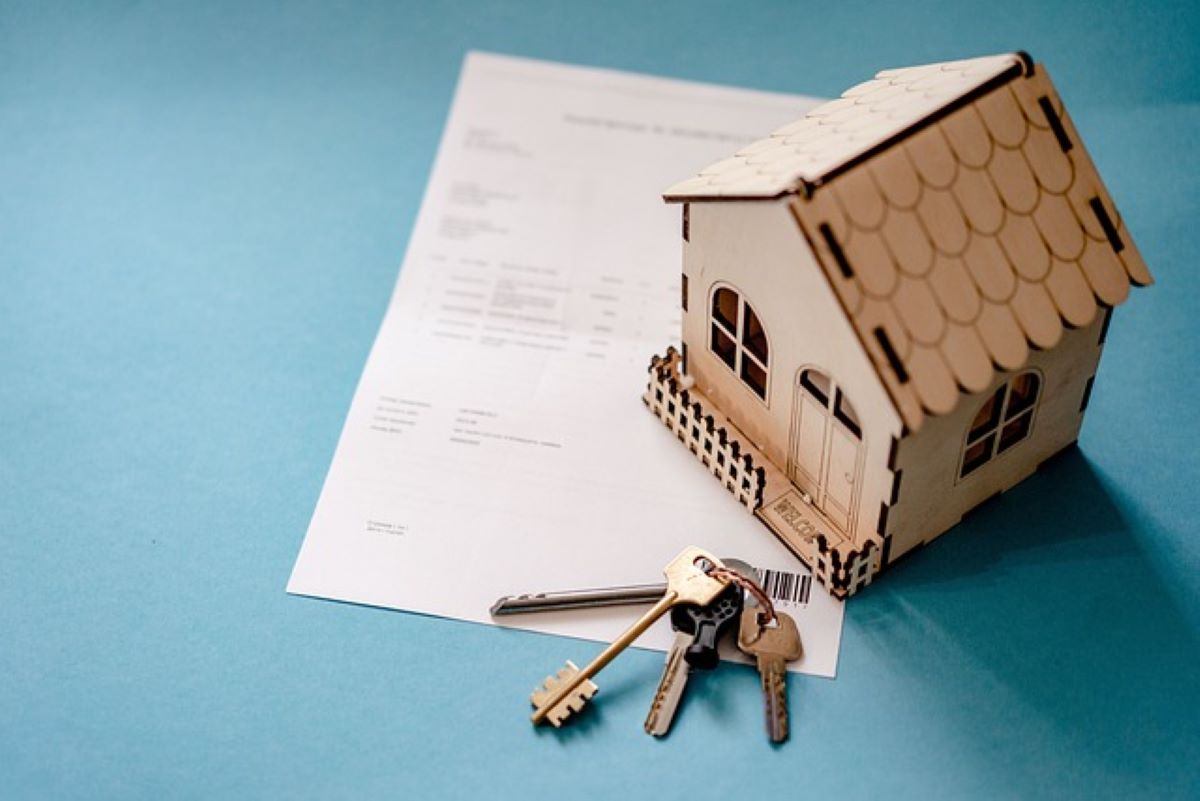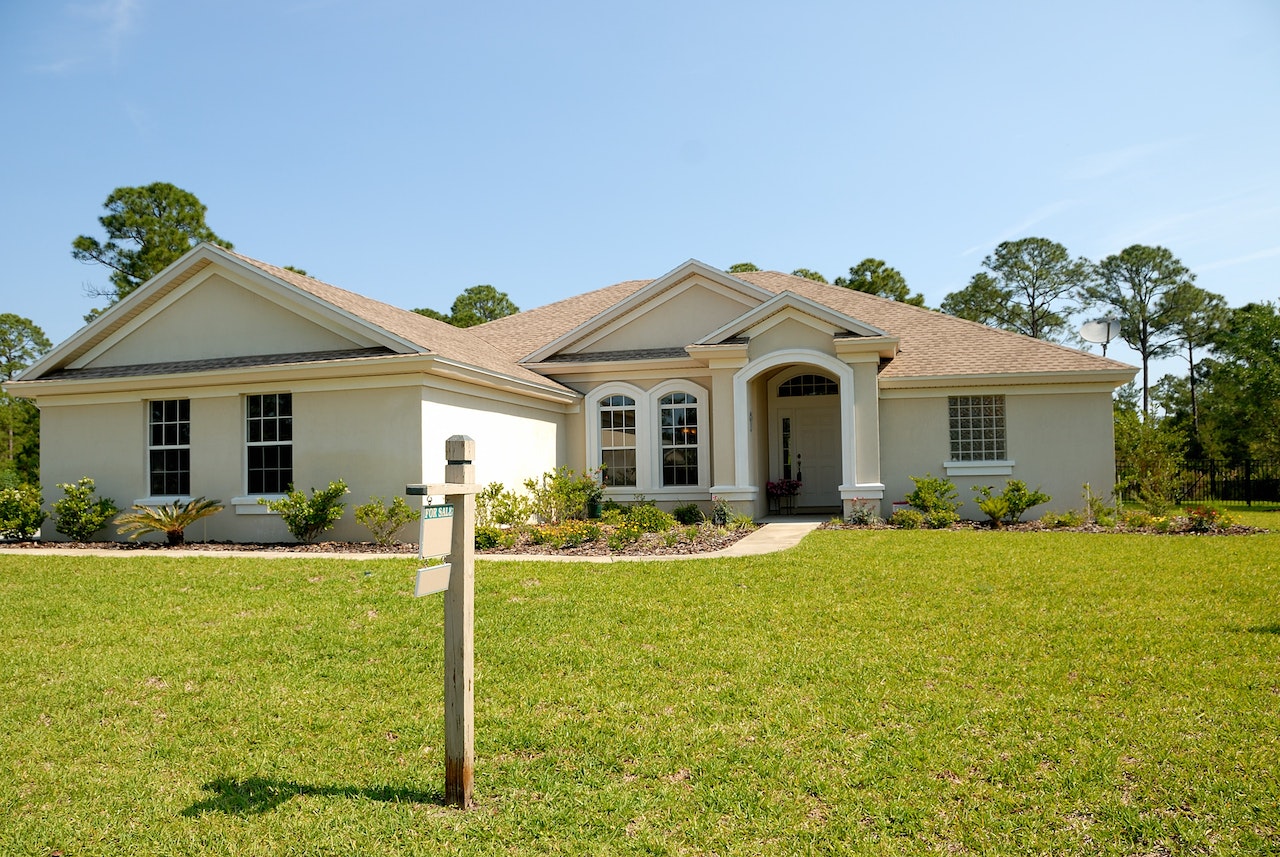
Property management is a complicated and dynamic field that encompasses the management of a wide range of properties, ranging from residential structures to commercial complexes. However, one of the most essential parts of property management is its environmental impact. Property management can have a substantial environmental impact, ranging from energy use and waste generation to the utilisation of natural resources.
As property management professionals, we must be mindful of the environmental impact of our decisions and take steps to mitigate that impact. Here are some major environmental management measures for property managers to consider:
Energy Efficiency
Energy efficiency is an important part of environmental management for property managers since it directly influences the quantity of energy utilised by a property and its environmental impact. Property managers may reduce their carbon footprint and assist to alleviate the consequences of climate change by reducing the amount of energy they consume. Furthermore, energy efficiency solutions can result in significant cost savings for property owners by lowering energy bills and running expenses.
Upgrading lighting and HVAC systems is one of the most efficient ways to improve energy efficiency in a building. Because LED bulbs are substantially more energy-efficient than typical incandescent bulbs, lighting renovations such as converting to LED lighting can reduce energy use by up to 80%. Furthermore, because current systems are designed to use energy more efficiently, updating HVAC systems to more efficient models can reduce energy consumption by up to 30%.
Installing energy-efficient appliances and fixtures is another excellent technique to improve a property’s energy efficiency. Everything from low-flow showerheads and faucets to energy-efficient refrigerators and dishwashers is included. Property managers can drastically reduce the amount of energy consumed by a property by installing these fixtures, which can translate into cost savings for property owners.
In addition to these steps, property managers can apply energy-saving practises such as shutting off lights and appliances when not in use and taking advantage of natural lighting and ventilation wherever possible. These simple modifications can add up to large energy savings over time and help to foster an energy-saving culture among building occupants.
Waste Reduction
Waste minimization is an important component of environmental management that can have a substantial environmental impact. Property generates a large quantity of trash, including paper, plastics, metals, and other things that can pollute the environment and harm ecosystems. Landfills are also a major environmental concern since they can pollute land and water and produce greenhouse gases.
Recycling programmes are one of the most efficient strategies to minimise trash in homes. Property managers can collaborate with tenants and other stakeholders to establish recycling programmes that encourage recyclable material separation and collection. This involves providing recycling bins and informing renters about which things are recyclable and how to properly dispose of them. Property managers can limit the amount of waste that ends up in landfills and save natural resources by recycling products.
Another waste reduction approach that can be applied in properties is composting. Composting is the process of collecting organic waste, such as food scraps and yard trash, and allowing it to decay into a nutrient-rich soil supplement. This can be utilised for landscaping or gardening and contributes to a reduction in the quantity of organic waste that ends up in landfills, where it contributes to greenhouse gas emissions.
Property managers can reduce waste in addition to recycling and composting by establishing more effective purchasing practises. Buying products created from recycled materials, utilising refillable or reusable containers instead of disposable ones, and avoiding products with excessive packaging are all examples. Property managers can help to conserve natural resources and reduce their environmental effect by minimising the quantity of trash generated in the first place.
Water Conservation
Water conservation is an important part of environmental management because it is a scarce and necessary resource. Water scarcity is becoming a significant issue as a result of increased population expansion and climate change, making it critical for property managers to employ water conservation techniques.
Installing low-flow toilets, faucets, and showerheads can drastically cut water consumption in a home. Traditional toilets can consume up to 5 gallons of water per flush, but low-flow toilets only use about 1.6 gallons. Similarly, low-flow showerheads and faucets can help to minimise water usage without sacrificing water flow quality. Property managers can cut water usage and save money on water costs by upgrading to these more efficient fixtures.
Landscape irrigation is another area where water saving can be utilised. Traditional irrigation systems frequently waste water thanks to overspray and evaporation, resulting in inefficient water use. Property managers can address this issue by introducing more effective irrigation systems, such as drip irrigation or smart irrigation systems, which use sensors to detect soil moisture levels and adjust watering accordingly. These technologies can help to cut water usage while also keeping landscapes healthy and well-maintained.
Property managers can also apply other water-saving practises, such as swiftly repairing leaks and educating renters and occupants on the need of water conservation, in addition to these techniques. Property managers can develop a culture of sustainability and minimise water usage in their properties by including tenants and building occupants in water conservation efforts.
Green Building Design
Green building design is a critical aspect of environmental management in property management. Incorporating green building design principles into new construction projects can help to minimize the environmental impact of properties, both during the construction process and throughout their lifespan.
One key aspect of green building design is the use of sustainable materials. This includes materials that are renewable, such as bamboo or cork, or those that are recycled or repurposed, such as reclaimed wood or recycled plastic. Using sustainable materials reduces the demand for non-renewable resources and minimizes the impact of material extraction and manufacturing on the environment.
Designing buildings to be more energy-efficient is another critical aspect of green building design. This includes incorporating features such as high-efficiency HVAC systems, insulation, and lighting fixtures that reduce energy consumption. Passive solar design can also be used to maximize natural light and reduce the need for artificial lighting, further reducing energy consumption. By designing buildings to be more energy-efficient, property managers can help to reduce their carbon footprint and save money on energy bills.
Incorporating renewable energy sources such as solar panels or wind turbines is another way to promote green building design. These sources of energy generate electricity without producing greenhouse gas emissions, reducing the environmental impact of a property’s energy consumption. Furthermore, by generating their own electricity, properties can become more self-sufficient and reduce their reliance on non-renewable energy sources.
Green building design also extends to the landscaping and outdoor spaces of a property. By incorporating native plants, reducing turf areas, and implementing rain gardens or bioswales, property managers can help to manage stormwater runoff and reduce water pollution. Furthermore, by incorporating green roofs or green walls, property managers can help to reduce the heat island effect, improve air quality, and provide additional insulation for the building.
Education and Outreach
Education and outreach are essential components of environmental management, and property managers have a critical role to play in promoting sustainable practices among tenants and building occupants. By providing education and resources on environmental management practices, property managers can empower tenants to take an active role in reducing the environmental impact of their building.
One important area of education for property managers is recycling programs. Recycling is a critical component of waste reduction, and property managers can help to ensure that tenants are aware of what materials can be recycled, where recycling bins are located, and how to properly prepare materials for recycling. By providing this information, property managers can encourage tenants to participate in recycling programs and help to reduce the amount of waste that ends up in landfills.
Energy-saving tips are another essential aspect of environmental education for tenants. Property managers can provide information on simple practices that tenants can adopt to reduce their energy consumption, such as turning off lights when leaving a room, using energy-efficient light bulbs, and unplugging electronics when not in use. These small changes can add up to significant energy savings, reducing the carbon footprint of the building and helping to protect the environment.
Water conservation is another area where property managers can provide education and resources to tenants. By providing information on water-saving strategies such as taking shorter showers, fixing leaks promptly, and using water-efficient fixtures, property managers can help tenants to reduce their water consumption and conserve this precious resource.
Finally, property managers can engage in outreach efforts to promote sustainable behaviors and practices among building occupants. This can include organizing community events, such as clean-up days or energy-saving workshops, and partnering with local organizations to promote environmental initiatives. By engaging with tenants and building occupants, property managers can create a culture of sustainability and encourage everyone to play an active role in protecting the environment.
In conclusion, property management has a significant impact on the environment, and property managers have a responsibility to minimize that impact. By implementing strategies for energy efficiency, waste reduction, water conservation, green building design, and education and outreach, property managers can help to reduce their carbon footprint and promote a more sustainable future. By acting now, property managers can help to create a healthier, more sustainable environment for generations to come.






